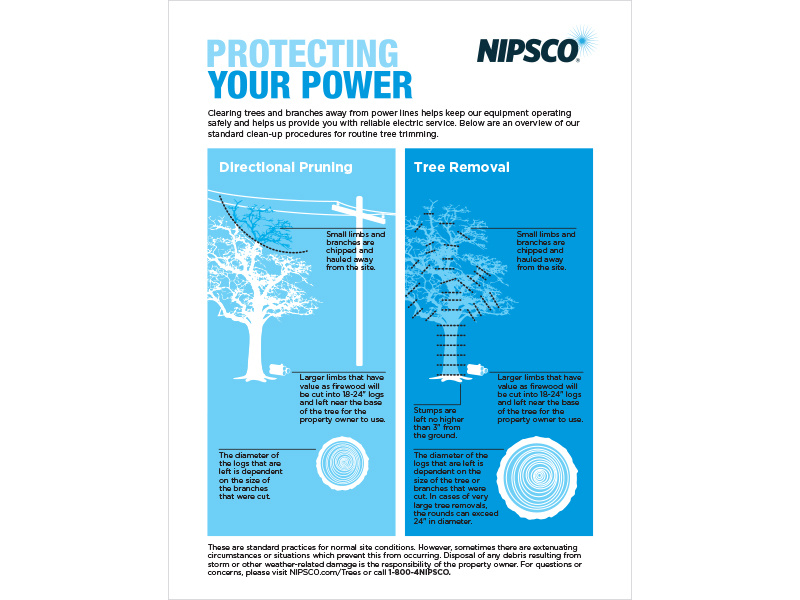Seasonal Tree Administration: Techniques For Looking After Trees Prior To And After Their Removal
Seasonal Tree Administration: Techniques For Looking After Trees Prior To And After Their Removal
Blog Article
Writer-
When it concerns seasonal tree care, guaranteeing proper administration prior to and after elimination can dramatically impact the health and aesthetic appeals of your landscape. By understanding the essential steps associated with evaluating tree health and wellness and getting ready for removal, you can proactively guard your property. Yet what regarding the important techniques to adhere to as soon as the tree is gone? Stay tuned to discover the vital post-removal care measures that will certainly aid you grow a thriving and sustainable atmosphere for your trees.
Pre-Removal Tree Treatment
Before dealing with the removal of a tree, it's critical to prioritize pre-removal tree care. Beginning by assessing the tree's health and structural integrity. Try to find indications of disease, insect infestations, or any kind of architectural concerns that may posture a security threat throughout elimination. It's essential to talk to a qualified arborist to determine the best course of action.
Pruning dead or diseased branches can stop more damages to the tree and make certain a smoother removal process.
Furthermore, consider the ecological impact of getting rid of the tree. Trees play an important duty in our community, so planting a new tree in an appropriate area can assist offset any type of loss. Make tree arborist auckland that you have the essential permits and consents for tree elimination, especially if the tree is protected by regional policies.
Seasonal Maintenance Tips
Analyzing your tree's needs throughout the year is imperative for its health and durability. To keep your trees in top problem, comply with these seasonal maintenance pointers.
In spring, focus on trimming to remove dead or damaged branches and urge brand-new development.
Summer season requires normal watering, especially throughout dry spells, to ensure your tree stays hydrated.
As fall approaches, watch out for very early indications of disease or stress, and consider applying mulch to shield the origins throughout winter months.
In winter, be cautious when removing snow from branches to avoid damage, and continue to check your tree's general wellness.
Remember to adjust your care routine based upon the particular requirements of your tree species and regional environment. By staying attentive and proactive throughout the seasons, you can aid your trees flourish and grow for many years to come.
Post-Removal Tree Care
To ensure the health and wellness of your landscape even after tree removal, proper post-removal treatment is important. After a tree is gotten rid of, it's important to fill the continuing to be hole with topsoil and compact it to prevent settling. This will certainly aid maintain the stability of the ground and prevent prospective hazards in the future.
Think about planting new plant life instead of the eliminated tree to recover the balance and appearances of your landscape. Consistently water the area to advertise the growth of brand-new plants and prevent soil disintegration.
Examine the surrounding trees for any signs of condition or anxiety that may have been triggered by the removed tree. Watch out for how much to charge for garden maintenance that could've been brought in to the previous tree and take safety nets to shield the staying vegetation.
If necessary, speak with an expert arborist to analyze the influence of the elimination on the surrounding trees and establish any additional care needed. By following these post-removal care actions, you can make certain the continued health and elegance of your landscape.
Final thought
Finally, aggressive seasonal tree treatment is vital for maintaining the health and balance of your landscape. By analyzing tree health and wellness, pruning, and seeking advice from an arborist before elimination, you can make sure a risk-free procedure. After removal, filling the hole, planting new plants, and regular watering will advertise new development and avoid erosion. Bear in mind to examine surrounding trees for condition and look for additional care procedures from an arborist to maintain your landscape growing.
